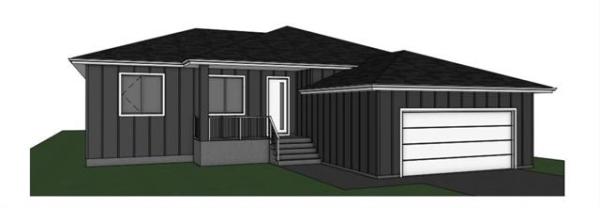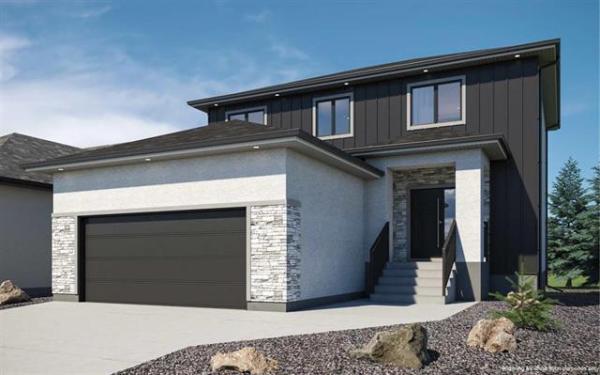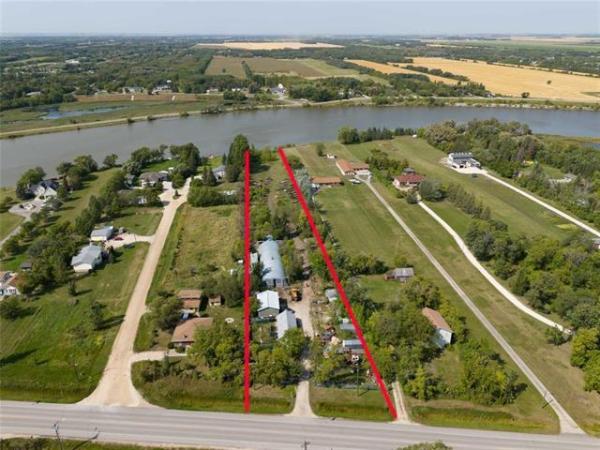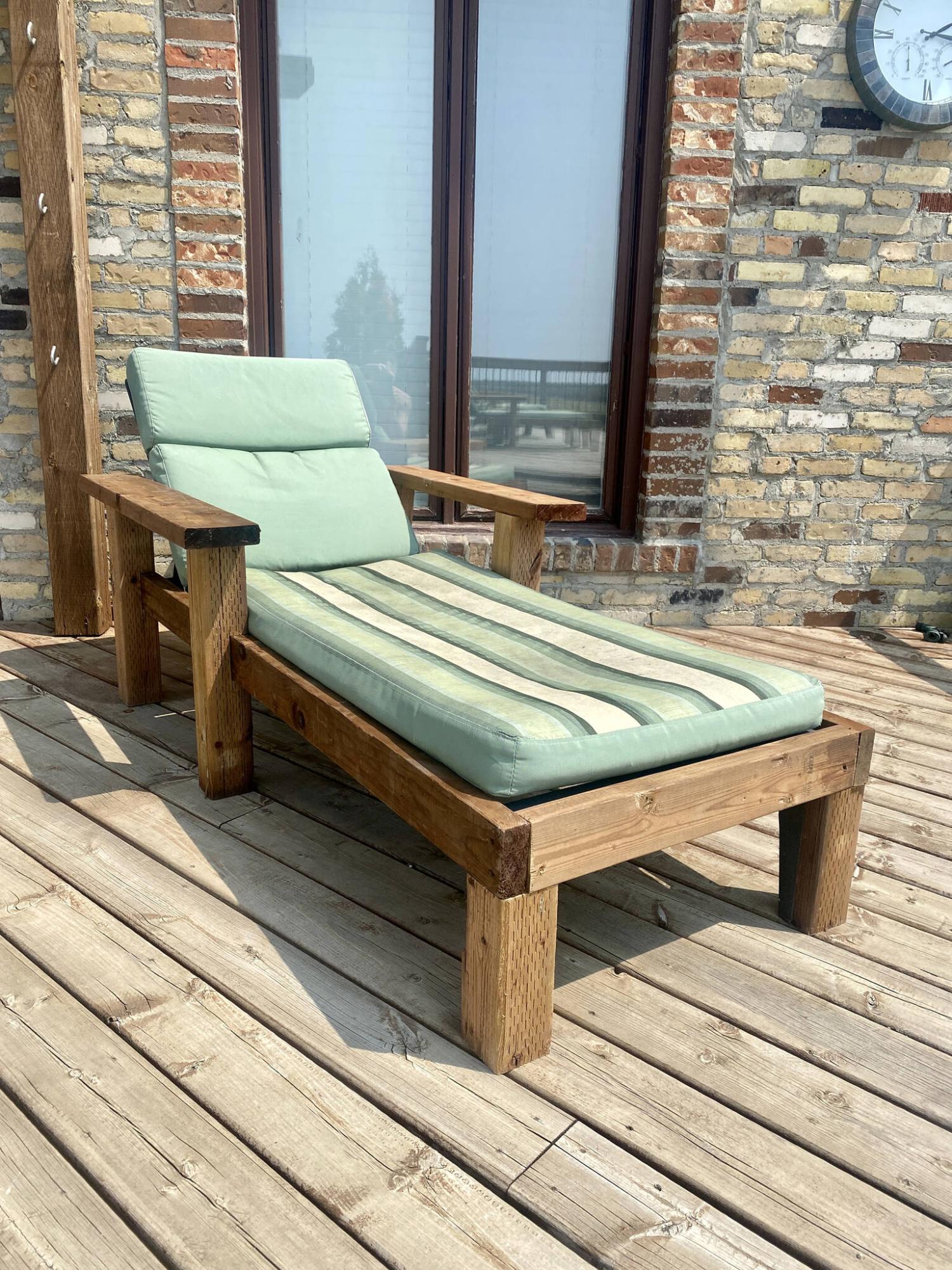
Photos by Marc LaBossiere / Winnipeg Free Press By using treated lumber the rusted legs were abandoned while overhauling these metal loungers.
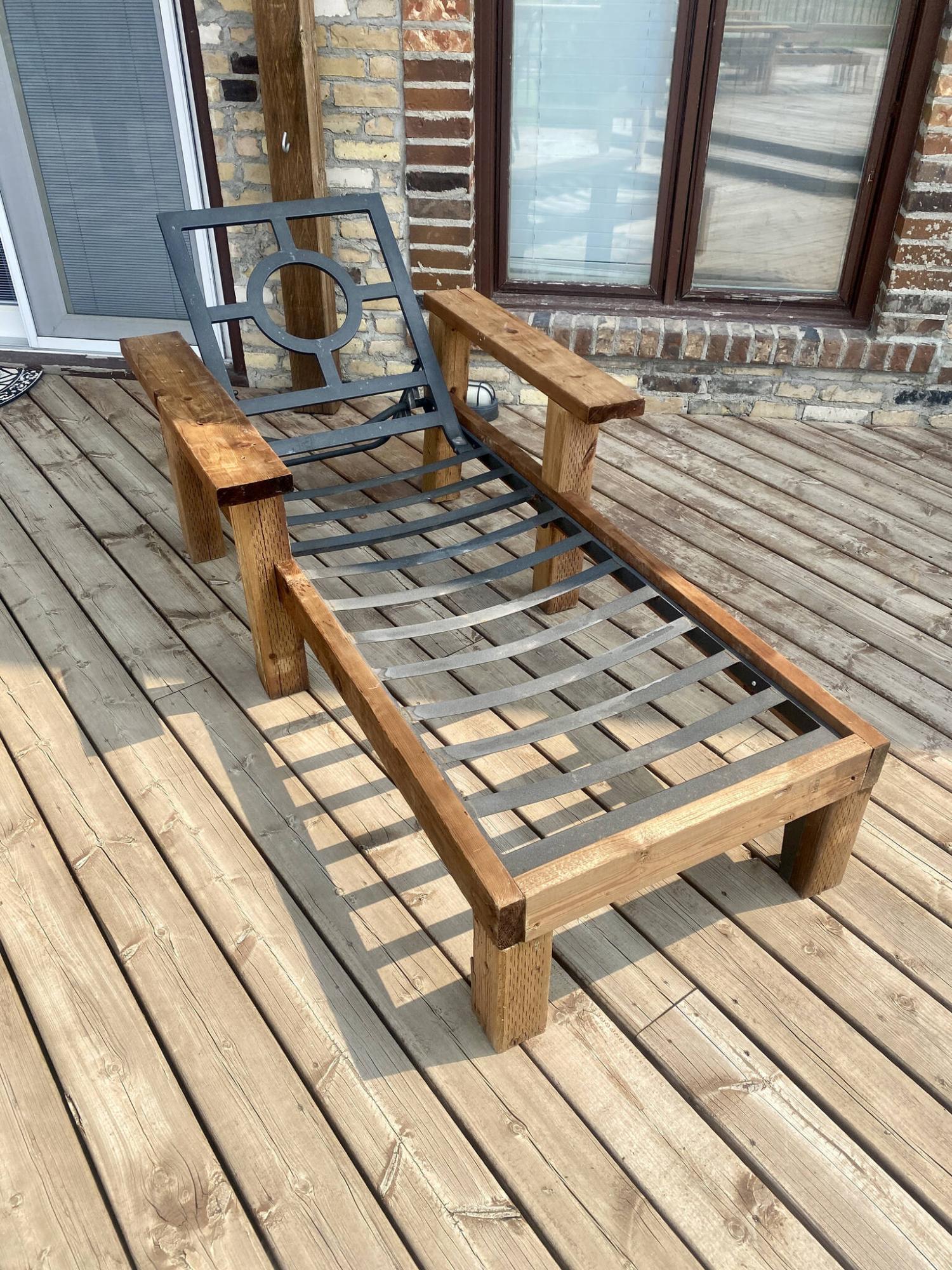
Once the armrests/support legs were dismounted from the main frame, the lumber was fastened creating new support.
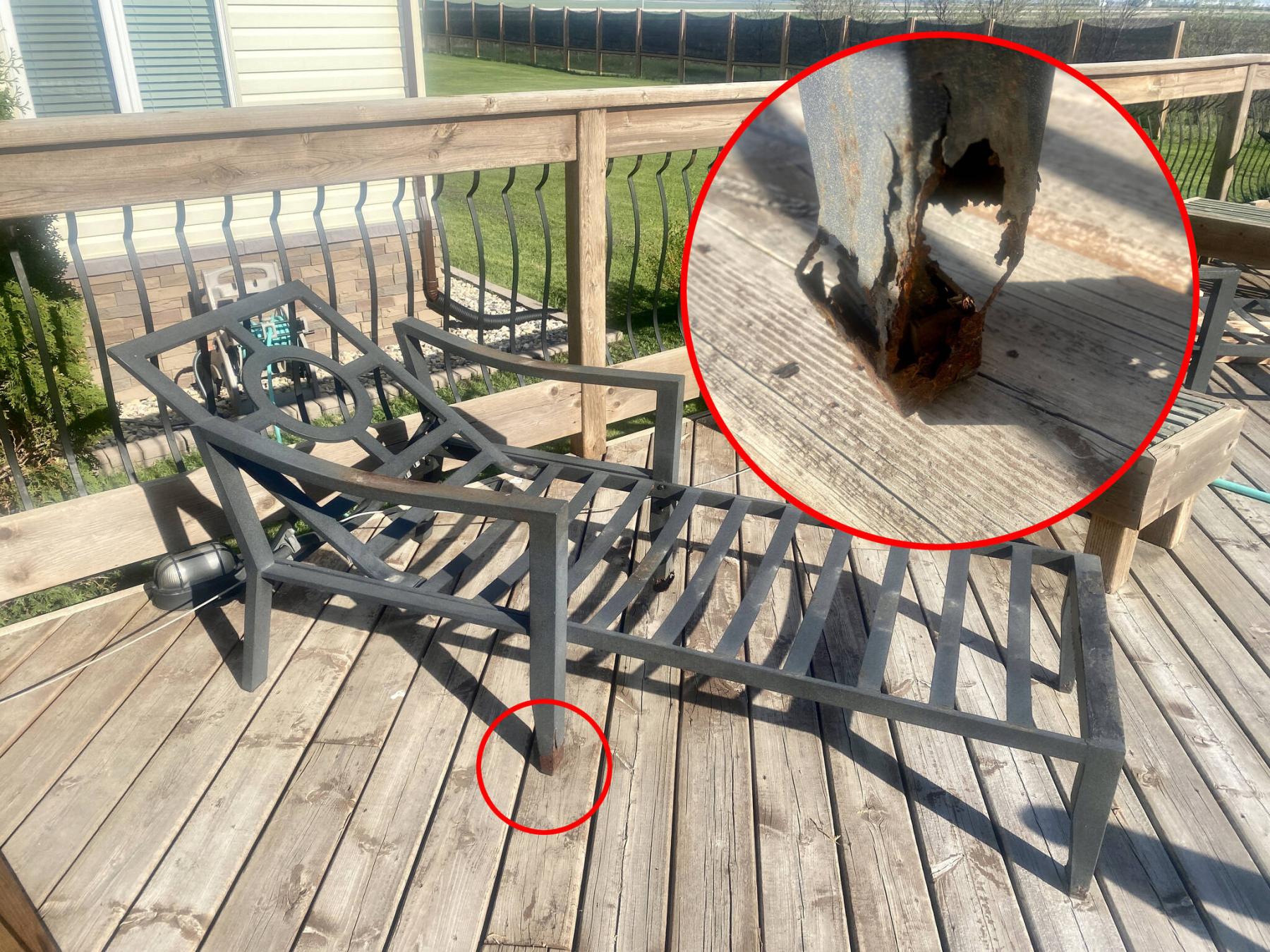
The legs directly below the armrests of all six loungers had begun to rust causing impending support failure.
While addressing the numerous lumber orders and deliveries for impending summer build projects over the course of the next few months, there are a few lingering tasks on my property that also require my attention. And although a few minor fence fixes and post-winter pool issues have been addressed, one smaller project in particular had been lingering since last spring — the legs on my loungers had started to rust.
There are six loungers around the pool deck, and these loungers are part of a larger set of patio chairs and tables strewn throughout the front and rear decks of the property. They are made of metal, chosen as such primarily because the winds in the area would too easily toss lighter furniture around in a chaotic dance. I’d even gone so far as to anchor the loungers relatively in place using a series of airplane cable and top-mount deck hooks. For over a dozen years, this outdoor furniture has stood the test of time, despite having the cushions re-covered a few years ago.
Although the metal framework of the chairs and tables remains integral, the lower areas of the lounger legs began to rust through last spring, causing lounger framework support issues that would eventually render each lounger unusable. Replacement seemed futile, in that metal loungers (not to mention ones that match my existing outdoor furniture) were hard to find. Furthermore, the cushions recently re-covered may not properly fit a new lounger. What was I to do?
Late last fall, shortly before closing the pool for the season, I designed a lounger fix that would not only serve to remedy any support issues, but address the aesthetics of the loungers in a manner befitting the existing patio furniture and decking. And it entails using treated lumber.
Once the proper measurements were established based on the desired design, all the pieces for each of the six loungers were cut at the same time, somewhat like an assembly line to ensure each section was cut to the appropriate length. Once the existing metal legs and armrests of the metal loungers would be dismounted from the lounger main frame, the lumber would then be fastened to the frames creating a lounger “version 2.0”, with an updated look as the big bonus.
The visible perimeter of the lounger frame would be adorned with 2×4 treated lumber, two 63-inch lengths for the sides and a 24-inch front for each of the six loungers. Below the front side of the frame and along the existing two front legs (which all remain in great shape, and are the only metal legs welded to the frame), two, nine-and-a-half inch 4×4 posts are cut for each lounger, whereby the inner two inches are notched to create an “L” that when mounted, envelope the visible sides of the front legs. The main supports consist of two, 4×4 posts cut to 20 inches and notched at the nine-and-a-half inch height to embed and support the long 2×4 perimeter board, with a 30-inch 2×6 cap that serves as the top of the armrest, on either side of each lounger. The lumber is fastened along the inside of the framework using the appropriate metals and lag screws where required.
Because the main frame showed no signs of damaging rust (beyond some minor surface rust), the cushion and back supports remain fully functional. The cushions were re-covered in such a way that they are fastened to this main frame using strategically placed Velcro straps. The manner in which the new lumber was fastened to the metal frame neither impedes nor restricts the motion of the back tilt adjustment. And the beauty of this treated lumber lounger overhaul design is truly revealed only once the cushions are placed, as they fully conceal the remaining metal support.
In a perfect world, and if replacement parts were available, I may have simply ordered new armrests/support legs for the loungers to maintain a coherent outdoor patio set throughout the property. That unfortunately, was simply not possible — the loungers are just too old and are no longer being manufactured. However, there is something romantic about extending the usefulness of an item that has served so well for so long. It would have been a real shame to simply toss the failing loungers aside. Fortunately, this simple and elegant design approach has given these loungers a new lease on life. And most importantly, another checkmark can be added to the list!
RenoBoss.Inc@outlook.com

